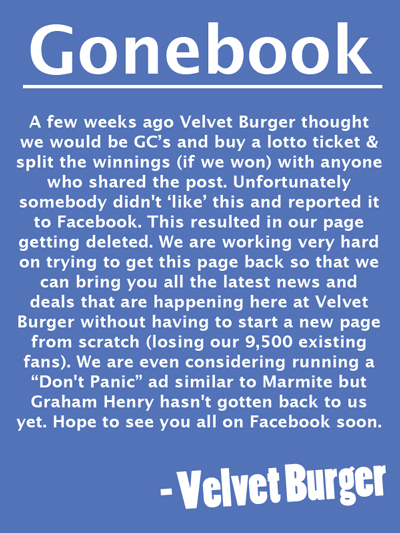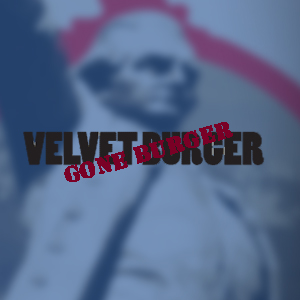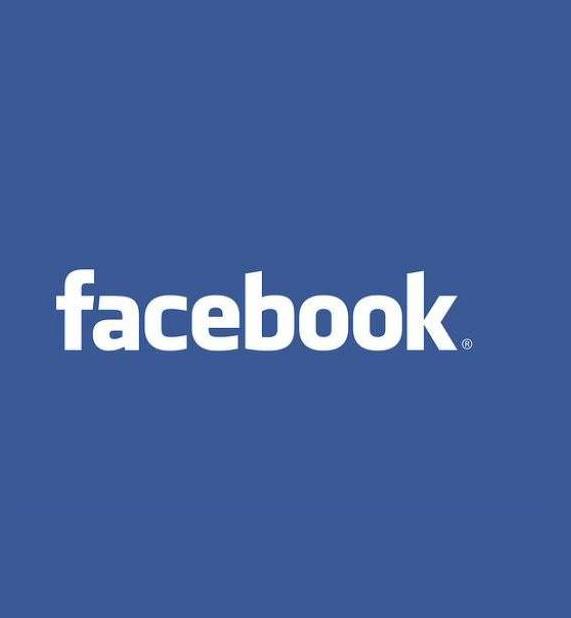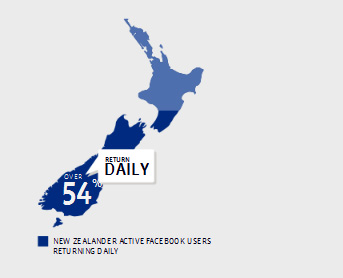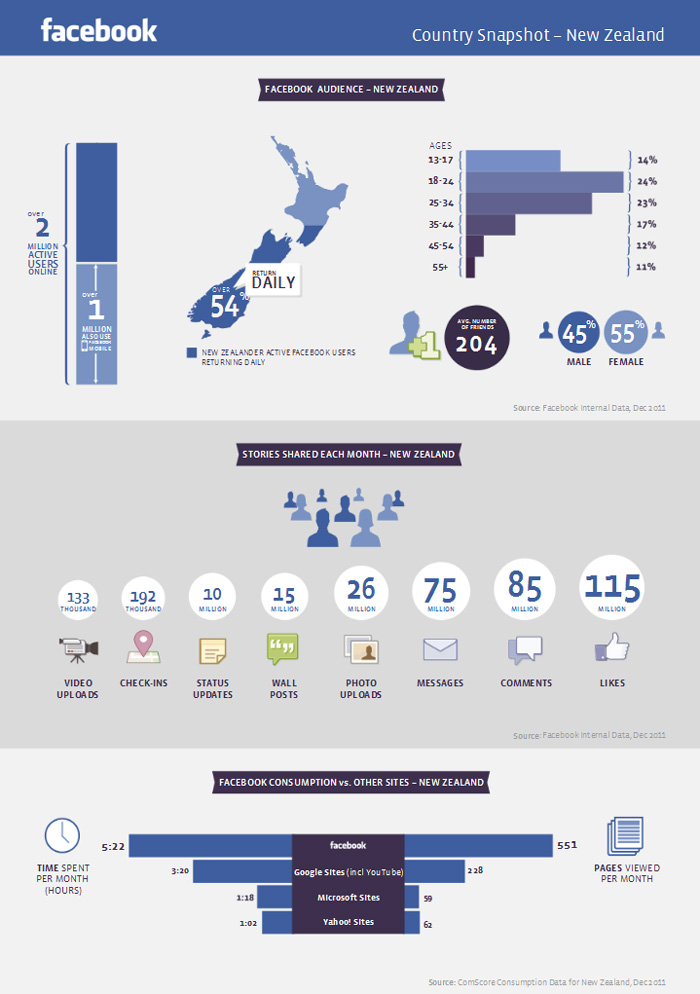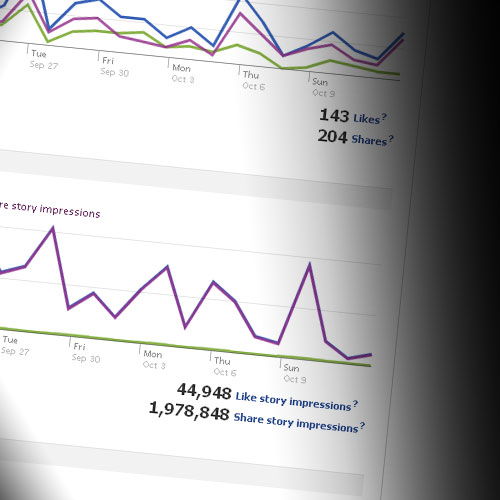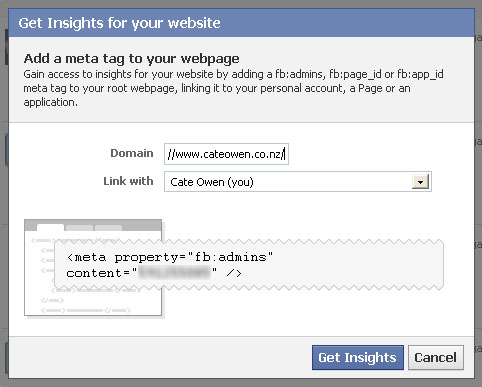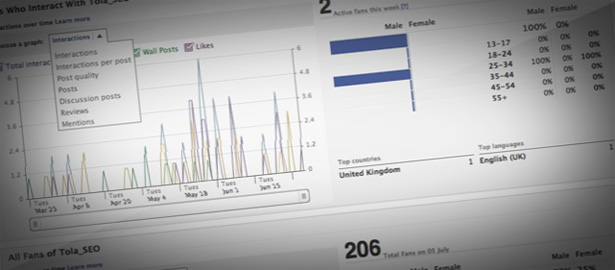Facebook pages. So easy, anyone could do it, right?
Yes. But here’s the rub: There’s actually best practise for pages, and it seems like a lot of people don’t think about them. It’s as if the humans behind the business stop thinking like a Facebook user, and start thinking like a broadcaster.
Here’s five common mistakes people make on brand’s Facebook (and Twitter) pages.
They don’t write like a human
It’s okay for a brand to call someone “mate” online. It’s fine to start a post by saying “hey guys”. It builds rapport, reminds users that they’re talking to a human, not just a brand. It gives people the warm fuzzies, and does not look out of place in a social forum.
There’s a special place in my heart for brands who insist their name must be in capitals, all the time. On the internettywebs, that’s shouting. I get the branding thing – you know I do – but I once lost a disagreement with a client whose name was long, in capitals, and had a trademark on the end. They insisted the post contain their brand. Twice. And wouldn’t listen to reason. So I posted the status, and users called the brand out.
Because the WRITTEN FOR HUMANS®™ post didn’t look WRITTEN FOR HUMANS®™ at all.
Which ties into my next point:
They think in broadcast, not conversation
On behalf of the People of the Internet: Please stop telling us what to think. Help us experience your product or service for ourselves.
Page managers sometimes don’t seem to be aware that the internet is an amazing place where you can experience things not available to traditional broadcast. Ignoring the interactive part of social media just leaves you with media.
Which is fine, except then you’re missing 80% of the point of being on social media.
I know it can be difficult to get your head around, and thinking up interactive posts can be hard. It also feels a bit risky to step outside the “broadcast” box – it means things can (and will) go wrong.
It’s still worth it.
They repeat posts that didn’t work the first time
Again… Broadcast mentality. Repetition is fine in traditional outlets, but it’s a different story on social. If your audience didn’t engage with the post first time around, why would you keep hitting them over the head with it?
Adjust. Learn. Grow. And remember, if you always do what you’ve always done, you’ll always have what you’ve always had.
They delete negative feedback
I know why this happens. It freaks brand people out to see something slamming the brand on the official page, so they get delete-happy. We can all think of examples of this…
Yes, a few unhappy punters can ruin the experience for others. Yes, you have to take feedback in context. But there are other ways of dealing with unhappy users, rather than deleting their message. You wouldn’t hang the phone up on them, right? So why delete their post?
How is this for a suggestion: Actually listen to the feedback.
Yeah, I went there. Stop being shit. And if you can’t stop it, minimise it. Adapt. Adjust. Revise. It’s like someone saying “I don’t like chocolate ice cream” and the brand saying “LAHLAHLAH, I can’t hear you!” and then doing a post about how great chocolate ice cream is.
Your fans offer you a gift when they give you honest feedback. Don’t slam the door in their face.
They measure themselves with the wrong yardstick
What’s actually important to your social media strategy? What’s your end goal? Do you want hits to your site? Brand awareness? Sell lots of product? Get your message out?
Long story short: It’s not all about follower or fan numbers.
What do you think are some of the main mistakes brands make on Facebook and other social media outlets?
